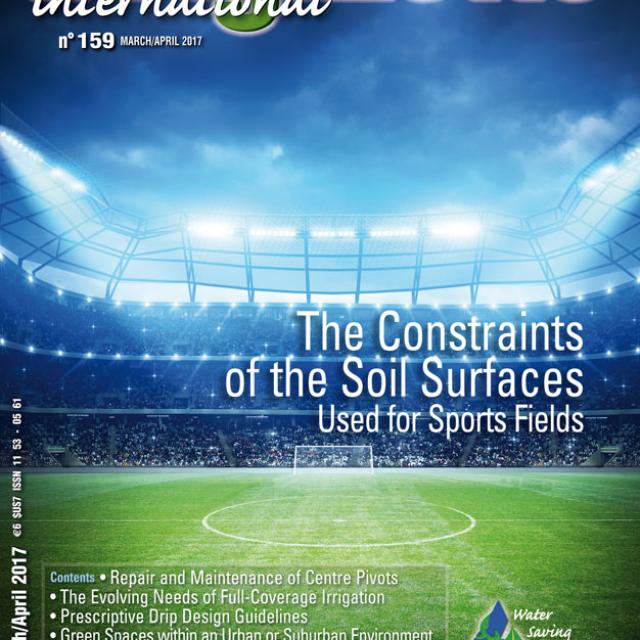February 2017, a state of emergency has just been declared in California where winter storms have weakened the Oroville dam, with the threat of a possible collapse. This has resulted in the evacuation of 200,000 people. At the same time, massive snow storms have hit New York and Australia is suffering from the effects of a severe heat wave.

February 2017, a state of emergency has just been declared in California where winter storms have weakened the Oroville dam, with the threat of a possible collapse. This has resulted in the evacuation of 200,000 people. At the same time, massive snow storms have hit New York and Australia is suffering from the effects of a severe heat wave.
Europe has not managed to avoid these extreme weather conditions either, having to endure floods and very strong winds. The weather, as we would expect, has had a disastrous effect on crop yields and the latest figures from the UN’s World Food Programme indicate that 40 million people will require food aid this year. So, what can we do about these failings? As far as we are concerned, the common goal of the irrigation professionals is to make water use more efficient, even in the conventional irrigation systems, as described in this edition of Irrigazette (full coverage sprinkling, drip irrigation, pivots, sports fields), using established irrigation techniques that have been vastly improved.
Nowadays, with the longer-term priority being to ensure that the population receives an adequate supply of food, it has become vital to promote sustainable agricultural methods if we are to mitigate the effects of climate change. That is the only way that our planet can survive.

